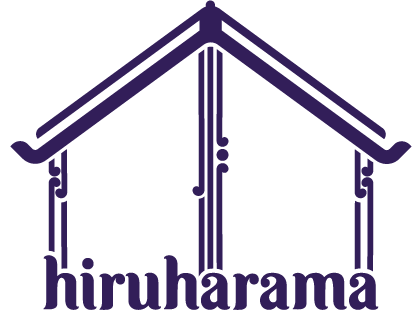Tikanga Protocols
Tūrangawaewae
Te Pā o Hiruharama
Ko te Kapohanga-a-Rangi te wharenui
You are entering a sacred domain where you will relish in the spiritual embrace of our ancestors.
Over 170 years Hinewairere and Kapohanga still stands proud to welcome you.
Kapohanga-a-Rangi
Ko Te Ahi a Te Atua te maunga,
Ko Waitākaro te awa,
Ko Hiruhārama te pā,
Ko Mikaere te whare karakia,
Ko Hūria te urupā,
Ko Te Aitanga a Mate ,Te Aowera,
Te Whānau-a-Rakairoa, Ngāti Ira,
Te Whanau a Kapohanga-a-Rangi me
Te Awemāpara ngā kārangaranga whānau, kārangaranga hapu.
Ko Kapohanga-a-Rangi te wharenui
Ngā Tikanga Marae
The
kawa or protocol at Hiruharāma is
Pāeke.
Tangata Whenua who hold the mauri, the sacred staff of the Pā is to speak first followed by visitors.
We welcome you - PEKA MAI as Nanny Kōkā Hauwai did.
Prior preparations:
Manuhiri or visitors are regarded as
Waewae tapu or sacred feet not having visited before.
1. Prior to arrival to the marae ensure:
- to first make contact with the marae (see
Contact Us page)
- to inform all members of the manuhiri - the visiting group about what they need to bring with them and what time to meet at the roadside of the marae.
- it is a good idea to gauge how many speakers the group will need, and also select an appropriate waiata.
- to dress tidily and appropriately.
Te huihuinga:
2. The gateway - Te Keeti is the place to gather as manuhiri - the visiting group.
The group will need to identify the following key people for the pōwhiri - the welcome on to Hiruhārama marae:
Kaitīwaha - Female caller to respond to karanga
Kaikōrero - Male Speaker/s
Koha - donation to Marae
Waiata - song to support Whaikorero.
There also needs to be a general discussion prior to what is going to happen.
Te whakaeke:
3. Tikanga is to wait at the gate and ensure your group is ready to receive karanga and respond. Elderly women are needed to be in front of the group - as kaitīwaha callers, followed by the remaining women, then children and then the men to the rear of the group.
Te karanga:
4. The kaikaranga (caller) from the tangata whenua starts calling – the welcoming karanga being the signal to the manuhiri to start walking on to the marae. There follows an exchange between the kaikaranga from the respective sides, in a deep spiritual engagement of time, space, remembrance of those who have recently crossed over to other realms, locating who the manuhiri are and the purpose of their visit. These voices are the first heard on the marae in these engagements and as such are of special significance in the pōwhiri
The men are to be at rear moving slowly at the first call through to waharoa to the open space marae ātea.
Maumahara:
5. When manuhiri - visiting group arrive directly in front of the whare tipuna the ancestral house the group will need to pause briefly to reflect and pay respect to all of those who have passed. As well as giving voice and spiritual connections, affirming the purpose of the visit and sharing kindred values where kaupapa, whanaungatanga, whakapapa, aroha are expressed.
The wharenui - Kapohanga-a-Rangi is the house and Hinewairere the centred post in the front of the house is what welcomes you as you approach responding, acknowledging the living and those who have passed away. The group will stand in front of the house sharing their grief, memories of past, whakapapa connections.
Te whakatau:
6. Generally shoes are taken off on entry into the wharenui and seating has been arranged by tangata whenua. You will be prepared before entering the wharenui about where to go – however, tangata whenua may give further direction on entry. Please wait until your whole group is in before you all sit down.
Ngā whaikōrero:
7. This would follow kawa of the marae. Usually one or the other of the following formats are applied.
Pāeke: which is when all tangata whenua will say their speeches and then all manuhiri will follow.
Tū mai, tū atu: where a speaker from tangata whenua starts and then it alternates between the two groups with tangata whenua concluding. Whaikōrero means to follow the thread of the previous speaker and move the discussion on from there.
Ngā waiata tautoko:
8. After each speech a supporting waiata is sung by each group. The waiata should enhance what the speaker has said.
Te koha:
9. The koha is usually placed on the ground by the last speaker for the manuhiri – koha (monetary contribution) from the group is usually to help offset the costs the marae has in hosting manuhiri, e.g. kai, accommodation, and the manaakitanga provided by tangata whenua.
Te harirū me te hongi:
10. Once the koha has been acknowledged by tangata whenua they will signal to manuhiri to cross over for the harirū and hongi. This is a ritual about sharing the breath of life and bond, trust is made. Thereby it is the first physical contact between the two groups which usually entails a shake of the hand (harirū), pressing the noses (hongi), and a simple greeting ‘tēnā koe whaea, kia ora matua.’
Te whakanoa - Kapu tī / kai:
11. The final part of the pōwhiri ceremony is the coming together and sharing of food and drink. This is important as food makes the whole process whakanoa (uplifts the tapu of the ceremony). Tangata whenua now allow you to share their marae.
Whakawātea, departures:
12. Manuhiri usually commence this process. It may take place at the group’s final meal. A speech is given acknowledging the manaakitanga received by the group. An appropriate waiata concludes this. Tangata whenua will respond with their own speech and karakia and the group will be asked to join in with a waiata. Manuhiri will now harirū and hongi with tangata whenua prior to departing.
Hiruharama Hīmene Downloadable PDF.




